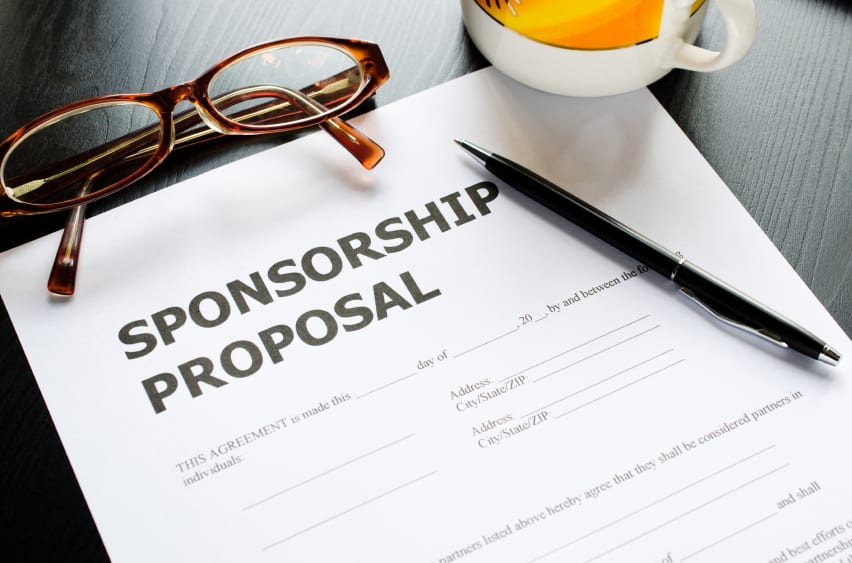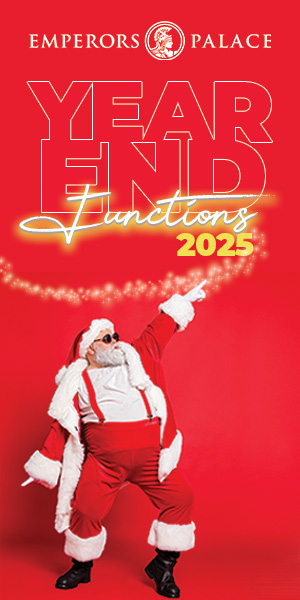 There are different types of gatherings that offer sponsorships at various levels with a wide range of benefits, writes Helen Brewer.
There are different types of gatherings that offer sponsorships at various levels with a wide range of benefits, writes Helen Brewer.
Be it the annual association’s conference, a public sector gathering initiative or a conference producer’s hard-hitting, high-flyer event – all event organisers are soliciting to offset costs by encouraging various kinds of sponsorships. These range from gold, silver and bronze opportunities or various other types of sliding-scale brand identity.
Member associations – both trade and occupationally based – are usually the ones that wish to offset catering expenditure or indeed produce substantial profit over expenditure. Yet the reason for co-branding remains the same: increased potential sales contacts through networking to a concentrated target market.
There are other more philanthropic reasons such as association loyalty and support as well as appearing more prominent over competitors. A high price may be paid for association loyalty and competitive prominence. Some conference hosts do tend to forget the rules as the event date draws nearer and suddenly a brand’s exclusive spot is taken up with a lot of other brands – even those of competitors.
Whatever the reasons, great care should be taken in brand links as the risks are high for a negative impact.
Below is a checklist that should be heeded by the host when looking for sponsorship:
ATTENDEE DEMOGRAPHIC
Unless the delegation in attendance is at a level in which decisions regarding your brand can be considered, a lesser level could prove ineffective. Equally the delegate occupational designations should be of the type that would be interested in your product and/or service. Of course a non-decision-maker can take the information back to the office, but watered-down versions of what is on offer can be misleading of what your brand is attempting to get across to the target market.
PRESENTERS AND CONTENT
Both the importance of the topics as well as the level and sophistication of the presentations can be impactful on your brand as poor presentations and delivery can associate your brand in a detrimental manner. Hence a key question is not only programme content but also whether professional staging and production is a part of the message retention aspects of the programme.
STANDARD OF ORGANISING
The sponsorship invitation should state whether the organising logistics are being handled by a professionally appointed entity or a planner that has tried and tested abilities within the host’s organisation. Poor conference management can have negative recall associated with your brand.
TYPES OF VISIBILITY AND BENEFITS
Once demographics, programme content and presenters, as well as the standard of event management has been satisfied, the actual range of brand visibility comes into play.
• Free entry Access to all sessions and functions is the norm and, together with the amount of free entries, provides key personnel to effectively network.
• Free exhibition stand It is an important part of brand identity and allows the range of products and services to be displayed and perhaps demonstrated. It is standard for the refreshments and meals to be in the exhibition area. If not, the brand’s visibility is likely to be curtailed.
• Backdrops Will the brand be effectively visible to the delegation? This is an important issue.
• Visual displays Are there other visual sightings of your brand on plasma screens, websites with hyper-links and the like?
• Menus and other literature Will the brand be prominently displayed on printed material and, if so, will your brand be shown in its corporate colours?
• Delegate listing The database should include not only the delegate’s name and designation but also email and telephone contact details. This database allows the brand sponsor to follow up swiftly, especially with those who have queries or there has been significant interaction during the conference.
SIGNATURE BRANDING
An overall branding of the entire conference is a high-risk decision and the organisation considering signature branding needs to be even more convinced as to what they are putting their entire identity to.
PREVIOUS TRACK RECORD
It is a plus factor if there have been previous conferences on which to base some form of track record.
TIMING
Brand display should not be only on the days of the conference but also the extensive build-up and following the conference. In other words, the sponsorship invitation should carry a detailed itemisation where and how the brand will enjoy higher visibility.
FINANCIAL INVESTMENT
Only once all the information is at hand as to the host’s offer, can an organisation decide whether the financial investment at that particular level is worthy of adding the brand’s association with the conference.
The decision to associate an organisation’s brand with a conference should not be taken in a hurry.
The minimum invitation to sponsor should be six months from the conference dates. The number within the delegation is of course of importance but the type and level of designation takes precedent.
The contents within this article should form the basis of the sponsorship invitation. If undertaken effectively and with confidence by the conference host, the inclusion of an organisation’s brand can be a most beneficial method of growing business leads.
Helen Brewer is a director of the MICE Academy. She has been involved in the MICE industry for over 35 years and has immense knowledge and experience to assist with best practice.




